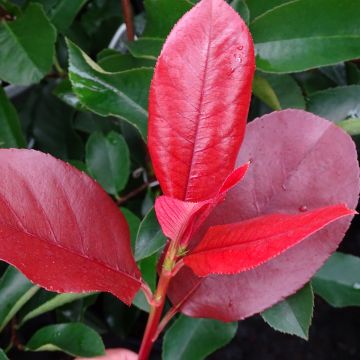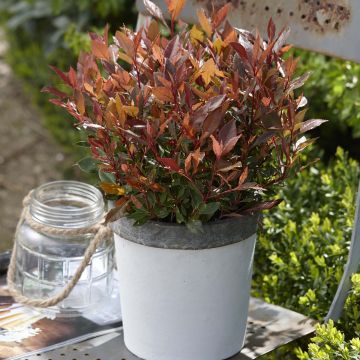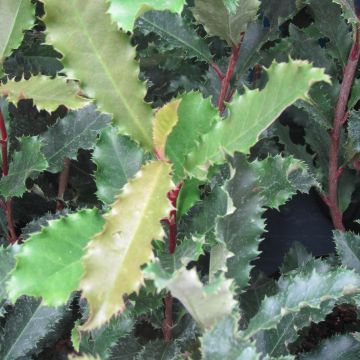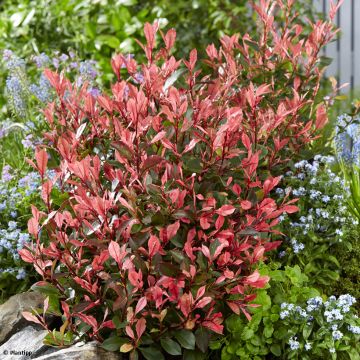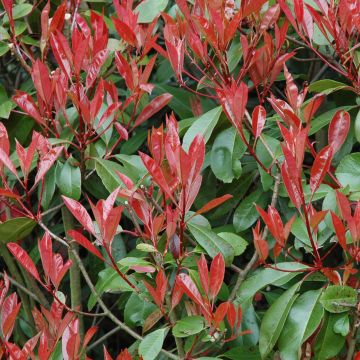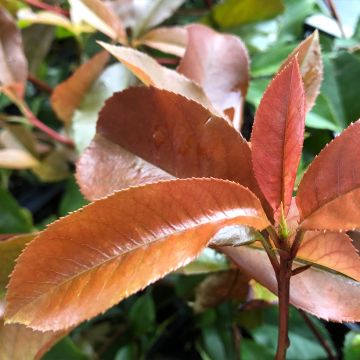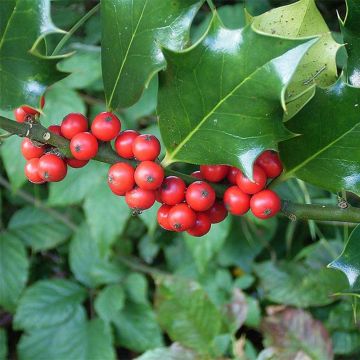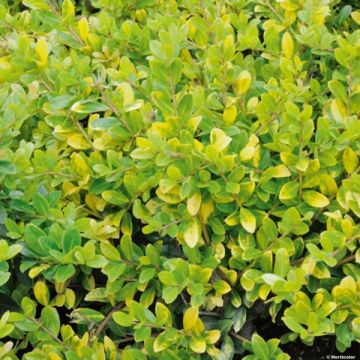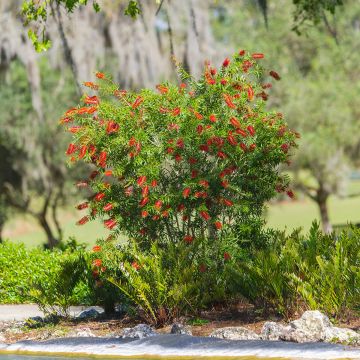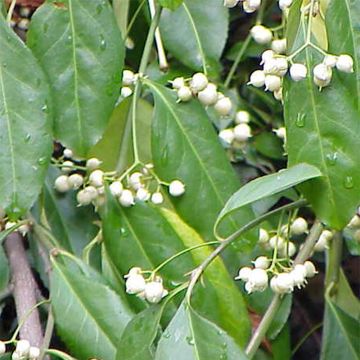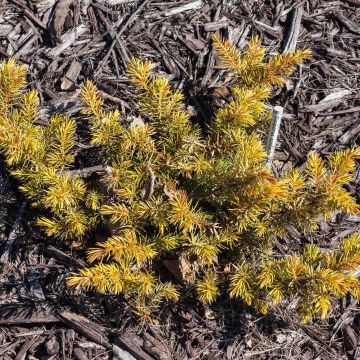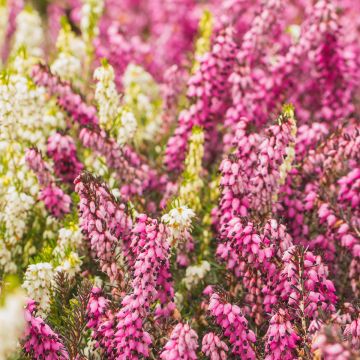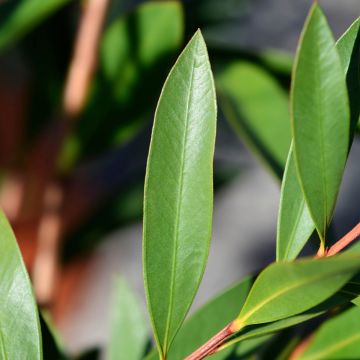

Photinia fraseri Red Robin - Christmas Berry
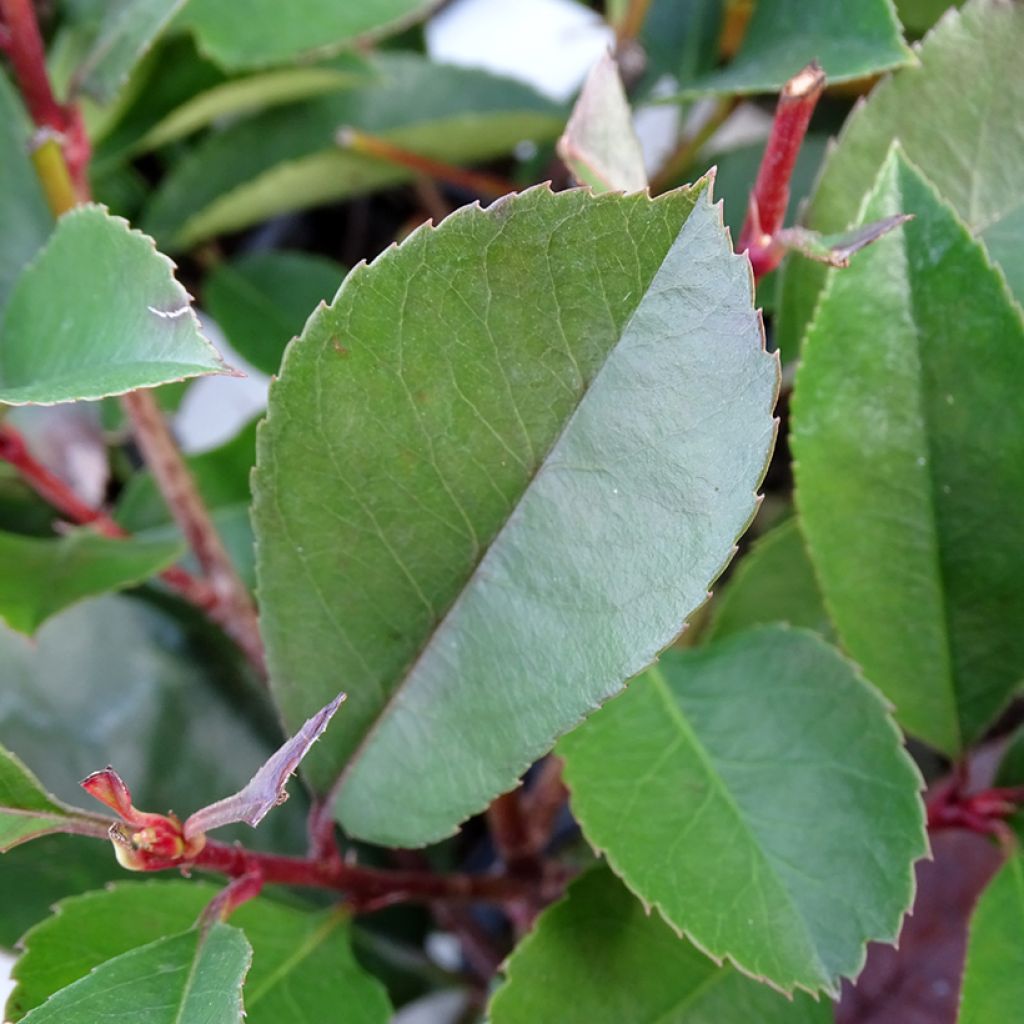

Photinia fraseri Red Robin - Christmas Berry
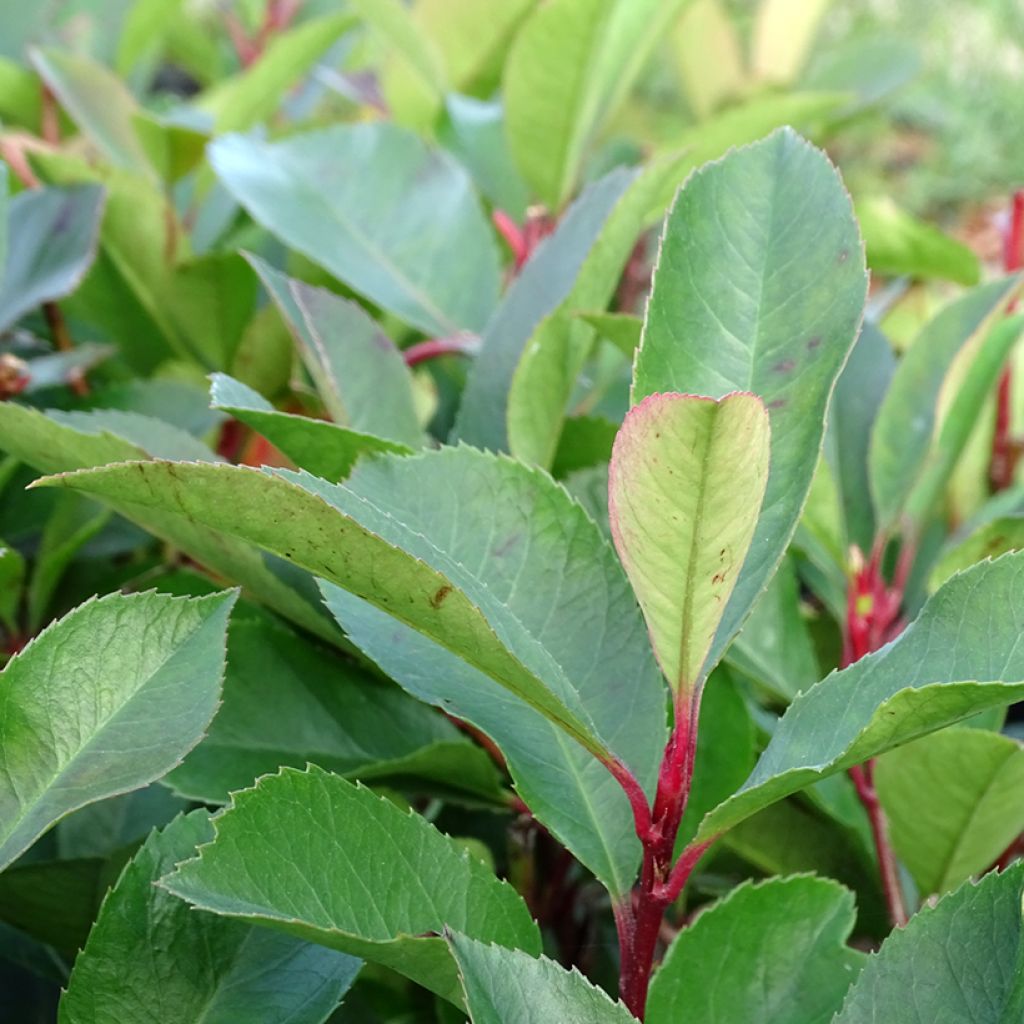

Photinia fraseri Red Robin - Christmas Berry
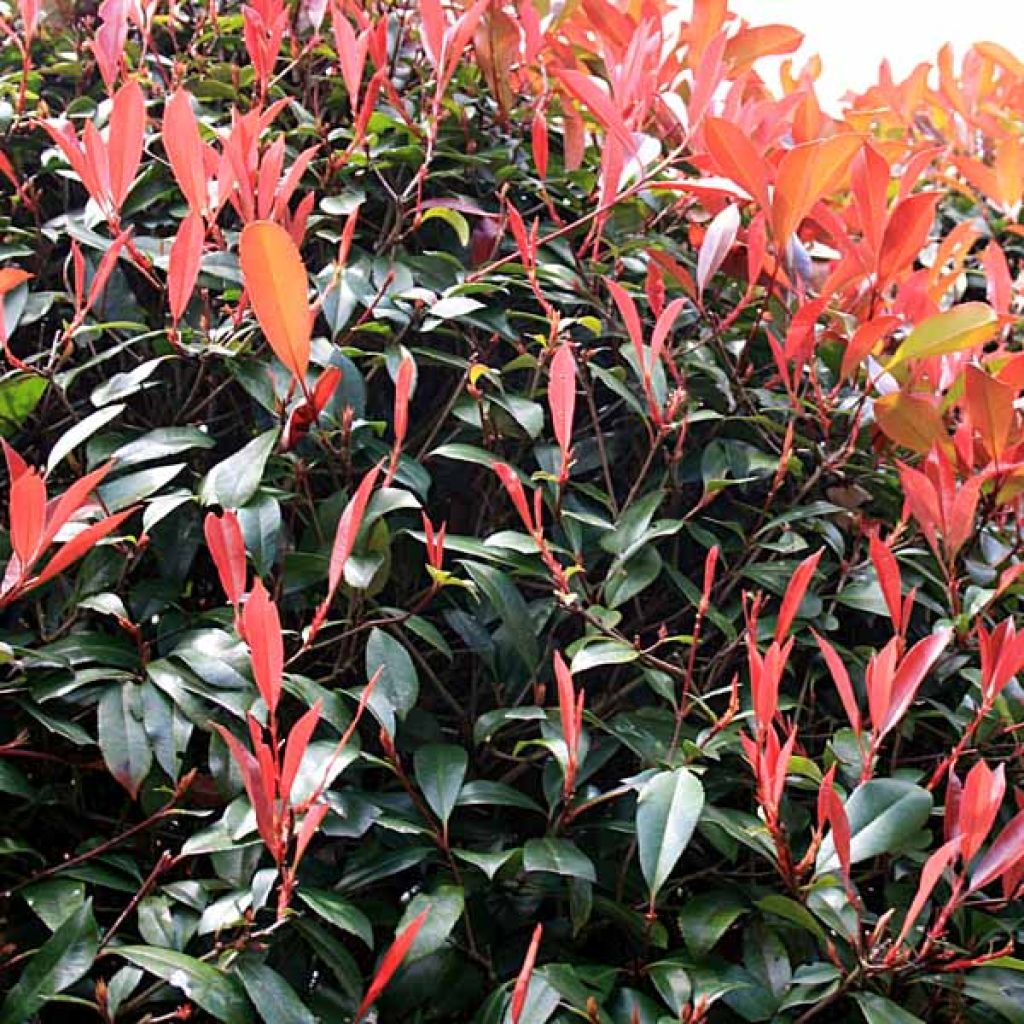

Photinia fraseri Red Robin - Christmas Berry
Photinia fraseri Red Robin - Christmas Berry
Photinia x fraseri Red Robin
Christmas Berry, Redtip Photinia
This item cannot be shipped to the selected country
Oversize package delivery charge from €6.90
Delivery charge from €5.90
Delivery charge from €5.90
Oversize package delivery charge from €6.90
Oversize package delivery charge from €6.90
Oversize package delivery charge from €6.90
Delivery charge from €5.90
More information
Schedule delivery date,
and select date in basket
This plant carries a 24 months recovery warranty
More information
We guarantee the quality of our plants for a full growing cycle, and will replace at our expense any plant that fails to recover under normal climatic and planting conditions.
Oversize package: home delivery by special carrier from €6.90 per order..
Express home delivery from €8.90.
From €5.90 for pickup delivery and €6.90 for home delivery
Express home delivery from €8.90.
From €5.90 for pickup delivery and €6.90 for home delivery
Express home delivery from €8.90.
Oversize package: home delivery by special carrier from €6.90 per order..
Express home delivery from €8.90.
Oversize package: home delivery by special carrier from €6.90 per order..
Express home delivery from €8.90.
Oversize package: home delivery by special carrier from €6.90 per order..
Express home delivery from €8.90.
From €5.90 for pickup delivery and €6.90 for home delivery
Express home delivery from €8.90.


Does this plant fit my garden?
Set up your Plantfit profile →
Description
The Photinia 'Red Robin' is one of the most commonly planted evergreen hedge bushes in European gardens. Tolerant of repeated pruning, vigorous, fast-growing, and easy to cultivate, it is also appreciated for its young leaves that are beautifully coloured in coppery red, which contrasts pleasantly with the mature leaves of shiny dark green. Depending on your budget, the length of your hedge, your patience, and the time you can dedicate to gardening, there is a range of products to choose from.
- For an economical Photinia hedge, opt for 9 cm pots that you can plant all year round. The soil preparation should be meticulous (careful weeding, removal of all roots, create planting trench) and until they establish themselves it is advisable to lay a sheet at the base of the bushes to limit the germination of adventive plants and the need for weeding. Once established, they develop quickly and will soon catch up with their counterparts grown in pots. This is the most economical solution when it comes to creating a hedge at least 10 m long.
- For a fast-growing Photinia hedge or to fill in an existing hedge, choose bushes in pots of 2/3 litres, 12 litres, 25 litres, 35 litres, or even 55 litres. Bushes in pots can be planted all year round, except during periods of freezing or heatwaves. They are planted in individual planting holes, just like other bushes in the garden. While they make an immediate impact, they take a little longer to "start" and will require more frequent and regular watering, especially when the summer is dry.
Respect the proper planting distance according to the size of your plant! It is advisable to leave a space of 60 cm between each plant for bushes in pots, 70 to 80 cm for plants in 2 or 3-litre pots, 80 cm to 1 m for pots of 4 to 10 litres, and 1 m to 1.2 m for pots larger than 10 litres.
Regarding the height of your hedge: outside of specific specifications for a housing estate or co-ownership, the Civil Code applies: trees and bushes, if they exceed a height of 2 m, must be planted at a minimum distance of 2 m from the property boundary. If the height is less than 2 m, a minimum distance of 50 cm is required. The planting distance is calculated from the boundary line to the centre of the tree. The height is measured from the ground to the tip of the plant.
The Photinia Red Robin combines both ornamental and cultural qualities. First of all, it is one of the few evergreen bushes that offer young foliage strongly coloured in red. Its good tolerance of repeated pruning, which promotes the appearance of bright red shoots, along with the density of its vegetation, makes it perfect for quickly forming an effective and colourful screen throughout the year. But it is when left unpruned that 'Red Robin' truly shines: dressed in red and green, it produces fragrant spring flowers in frothy umbels of white-cream-pink, which is very pleasant. All the more reason to plant it in a free, evergreen, or mixed hedge, alongside other equally easy-to-care-for shrubs!
The Fraser Photinia is an old horticultural creation born in 1940 in the United States. It is the result of cross-breeding between Photinia glabra, native to Japan, and Photinia serrulata, native to China. This hybrid has given rise to some famous cultivars, including the New Zealand 'Red Robin', which is widely planted in our parks and gardens and on highway embankments.
On average, the Photinia Red Robin reaches a height of 3 m with a spread of 2 m. It has a dense habit and grows fairly quickly. Its well-branched vegetation is adorned with evergreen foliage, composed of tough and glossy leaves. Arranged alternately on the branches, they are about 6-8 cm long and 4 cm wide, with finely toothed edges. Their color changes from bright red to coppery red, then to bronze, and finally to bright green and dark green in summer. In March or April (or May further north), clusters of small flowers appear at the terminal ends of the branches. These flowers, which can reach a diameter of 15 cm, are somewhat uncertain in color, and are visited by bees as they are rich in nectar.
In addition to the beautiful colouration of its young foliage, the Photinia (x) fraseri Red Robin is also known for its hardiness and adaptability to all types of well-drained soil: deep, cool to dry in summer, even slightly chalky, in sunny or semi-shaded locations. Easy to cultivate and maintain, it can withstand temperatures as low as -18°C when exposed to the sun. It is naturally ideal for creating both trimmed and untrimmed hedges, and also adapts to large containers and performs impressively in flowerbeds. Highly ornamental, it can also be planted as a standalone feature in a medium-sized garden to hide a neglected corner. The possibilities for associations are numerous depending on the region and personl taste: with other easy-to-care-for evergreen bushes such as Elaeagnus ebbingei, laurel-tin, Rhamnus alaternus, Berberis, Olearias, bay laurel or Portuguese laurel, or holly. It can also accompany other bushes with white spring flowers, such as Spirea or mock orange.
Tips: Excessively chalky or clayey soils should be avoided. Pruning for balance is necessary in summer.
Report an error about the product description
Plant habit
Flowering
Foliage
Botanical data
Photinia
x fraseri
Red Robin
Rosaceas
Christmas Berry, Redtip Photinia
Cultivar or hybrid
Other Photinias
Planting and care
The Photinia Red Robin is planted in spring or autumn in any deep, fertile and well-drained soil that is moist to occasionally dry in summer. It appreciates a sunny or semi-shaded site, sheltered from cold and strong winds. It also tolerates shaded sites, although at the expense of flowering and the intensity of colour of the young foliage. Compost should be added at planting. Water well for the first two years, once or twice a week, especially during hot and dry weather in summer. Mulch the soil to keep it cool in summer in hot regions and protect the base in winter in cold regions. Note that once established, Photinia fraseri tolerates summer drought well, even in warmer Southern regions. Prune in summer to balance the habit, shortening all branches by half. This will promote the growth of young red leaves in autumn and will not compromise spring flowering. Note that climates with mild, wet, and cool seasons promote the growth of photinias and the renewal of young red shoots that can be produced throughout the year.
Photinia is a generally robust plant that has few enemies. However, in humid weather or, conversely, in certain dry and poor soils, Photinias can be affected by a fungus (entomosporiosis). Watch out for black or red spots that appear on the leaves, and treat with Bordeaux mixture. Vine weevils can also nibble on the edges of the leaves at night, while their larvae can attack the roots: treat the soil with nematodes that parasitize the larvae.
Planting period
Intended location
Care
-
, onOrder confirmed
Reply from on Promesse de fleurs
Evergreen shrubs
Haven't found what you were looking for?
Hardiness is the lowest winter temperature a plant can endure without suffering serious damage or even dying. However, hardiness is affected by location (a sheltered area, such as a patio), protection (winter cover) and soil type (hardiness is improved by well-drained soil).

Photo Sharing Terms & Conditions
In order to encourage gardeners to interact and share their experiences, Promesse de fleurs offers various media enabling content to be uploaded onto its Site - in particular via the ‘Photo sharing’ module.
The User agrees to refrain from:
- Posting any content that is illegal, prejudicial, insulting, racist, inciteful to hatred, revisionist, contrary to public decency, that infringes on privacy or on the privacy rights of third parties, in particular the publicity rights of persons and goods, intellectual property rights, or the right to privacy.
- Submitting content on behalf of a third party;
- Impersonate the identity of a third party and/or publish any personal information about a third party;
In general, the User undertakes to refrain from any unethical behaviour.
All Content (in particular text, comments, files, images, photos, videos, creative works, etc.), which may be subject to property or intellectual property rights, image or other private rights, shall remain the property of the User, subject to the limited rights granted by the terms of the licence granted by Promesse de fleurs as stated below. Users are at liberty to publish or not to publish such Content on the Site, notably via the ‘Photo Sharing’ facility, and accept that this Content shall be made public and freely accessible, notably on the Internet.
Users further acknowledge, undertake to have ,and guarantee that they hold all necessary rights and permissions to publish such material on the Site, in particular with regard to the legislation in force pertaining to any privacy, property, intellectual property, image, or contractual rights, or rights of any other nature. By publishing such Content on the Site, Users acknowledge accepting full liability as publishers of the Content within the meaning of the law, and grant Promesse de fleurs, free of charge, an inclusive, worldwide licence for the said Content for the entire duration of its publication, including all reproduction, representation, up/downloading, displaying, performing, transmission, and storage rights.
Users also grant permission for their name to be linked to the Content and accept that this link may not always be made available.
By engaging in posting material, Users consent to their Content becoming automatically accessible on the Internet, in particular on other sites and/or blogs and/or web pages of the Promesse de fleurs site, including in particular social pages and the Promesse de fleurs catalogue.
Users may secure the removal of entrusted content free of charge by issuing a simple request via our contact form.
The flowering period indicated on our website applies to countries and regions located in USDA zone 8 (France, the United Kingdom, Ireland, the Netherlands, etc.)
It will vary according to where you live:
- In zones 9 to 10 (Italy, Spain, Greece, etc.), flowering will occur about 2 to 4 weeks earlier.
- In zones 6 to 7 (Germany, Poland, Slovenia, and lower mountainous regions), flowering will be delayed by 2 to 3 weeks.
- In zone 5 (Central Europe, Scandinavia), blooming will be delayed by 3 to 5 weeks.
In temperate climates, pruning of spring-flowering shrubs (forsythia, spireas, etc.) should be done just after flowering.
Pruning of summer-flowering shrubs (Indian Lilac, Perovskia, etc.) can be done in winter or spring.
In cold regions as well as with frost-sensitive plants, avoid pruning too early when severe frosts may still occur.
The planting period indicated on our website applies to countries and regions located in USDA zone 8 (France, United Kingdom, Ireland, Netherlands).
It will vary according to where you live:
- In Mediterranean zones (Marseille, Madrid, Milan, etc.), autumn and winter are the best planting periods.
- In continental zones (Strasbourg, Munich, Vienna, etc.), delay planting by 2 to 3 weeks in spring and bring it forward by 2 to 4 weeks in autumn.
- In mountainous regions (the Alps, Pyrenees, Carpathians, etc.), it is best to plant in late spring (May-June) or late summer (August-September).
The harvesting period indicated on our website applies to countries and regions in USDA zone 8 (France, England, Ireland, the Netherlands).
In colder areas (Scandinavia, Poland, Austria...) fruit and vegetable harvests are likely to be delayed by 3-4 weeks.
In warmer areas (Italy, Spain, Greece, etc.), harvesting will probably take place earlier, depending on weather conditions.
The sowing periods indicated on our website apply to countries and regions within USDA Zone 8 (France, UK, Ireland, Netherlands).
In colder areas (Scandinavia, Poland, Austria...), delay any outdoor sowing by 3-4 weeks, or sow under glass.
In warmer climes (Italy, Spain, Greece, etc.), bring outdoor sowing forward by a few weeks.

































